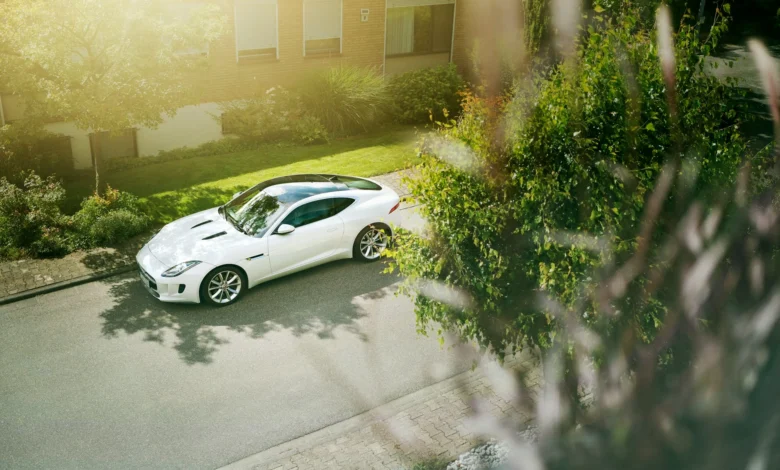
The Evolution of Car Sunshades: From Simple Covers to High-Tech Protectors
Car sunshades, those handy accessories that shield drivers and passengers from the harsh rays of the sun, have undergone significant evolution since their inception. Initially simple and utilitarian, these devices have transformed into sophisticated products incorporating advanced materials and technologies. This article delves into the history and development of car sunshades, highlighting how they have adapted to meet the changing needs of motorists.
Early Beginnings: The Simple Shield
The concept of sun protection for car interiors dates back to the early 20th century. As automobiles became more prevalent, drivers began to seek solutions to the problem of intense sunlight penetrating through car windows. Early sunshades were rudimentary—often just pieces of cardboard or fabric that could be placed on the dashboard or side windows. These early versions were far from perfect but provided some relief from the glaring sun and helped reduce interior temperatures.
The 1950s: Birth of the Modern Sunshade
The 1950s marked a significant turning point with the introduction of the foldable accordion-style sunshade. Made from materials like aluminium foil and cardboard, these sunshades were lightweight, easy to store, and more effective at reflecting sunlight away from the vehicle. Their design allowed them to be quickly folded and unfolded, making them a convenient accessory for the everyday driver. This period also saw an increase in mass production, making sunshades more accessible to a broader audience.
Technological Advancements: The 1980s and 1990s
The 1980s and 1990s brought about significant technological advancements in the automotive industry, and sunshades were no exception. Reflective materials became more sophisticated, incorporating layers designed to enhance their heat-blocking capabilities. Additionally, custom-fit sunshades began to emerge, tailored to fit specific makes and models of vehicles. This development ensured better coverage and improved effectiveness in blocking out UV rays and heat.
During this era, there was also an increased awareness of the harmful effects of ultraviolet (UV) radiation. Sunshades began to feature UV protection as a key selling point, helping to prevent the fading and cracking of car interiors and protecting passengers from harmful sun exposure. These advancements made sunshades not only a comfort feature but also a protective measure for health and vehicle maintenance.
The 21st Century: Innovation and Customisation
The 21st century has seen remarkable innovations in the design and functionality of car sunshades. Today’s sunshades are made from high-tech materials such as multi-layered reflective fabrics, polyester, and even carbon fibre composites. These materials offer superior heat rejection, UV protection, and durability.
Moreover, customisation has become a significant trend. Companies like Car Shades have capitalised on this by offering sunshades that are precisely tailored to the dimensions of specific vehicle windows. This custom fit ensures maximum coverage and effectiveness, catering to a wide range of vehicles from compact cars to large SUVs.
Additionally, the market now includes various styles beyond the traditional accordion design. Roller sunshades, which can be retracted when not in use, and static cling sunshades, which adhere directly to the window without adhesives, provide alternatives that cater to different user preferences and needs. These modern designs reflect a shift towards more user-friendly and aesthetically pleasing solutions.
Environmental and Smart Technology
In recent years, there has been a growing emphasis on sustainability and smart technology in the automotive accessory industry. Eco-friendly materials are increasingly being used in sunshade production, reducing the environmental impact. Furthermore, some high-tech sunshades now integrate smart features such as automatic deployment when the car is parked or temperature sensors that adjust the opacity based on sunlight intensity.
Conclusion
From their humble beginnings as simple shields to today’s high-tech, custom-fit protectors, car sunshades have evolved significantly over the past century. They have become essential accessories that enhance driving comfort, protect vehicle interiors, and contribute to passenger safety. As technology continues to advance, we can expect further innovations that will make car sunshades even more efficient and user-friendly.







